07 Aug The Ultimate Guide to the Major Wine Regions of France & Italy
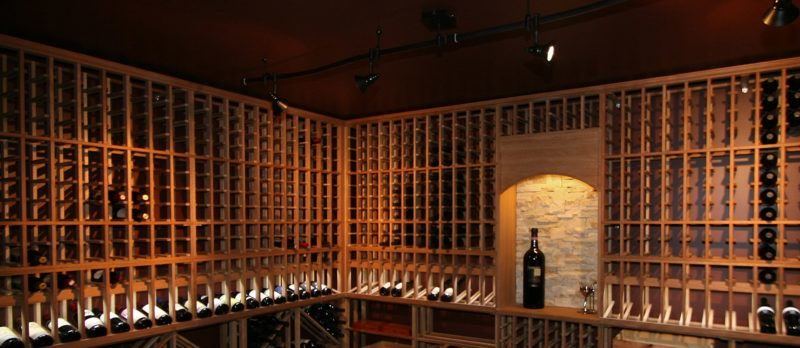
The delectable and delicate taste of Wine bewitches any wine aficionado in the world to traverse regions, explore countries or take a round trip of the earth. Everyone craves for one shot of the wine.
In fact, this sumptuous drink matches every event with its extravagant kick. So whether it is the harvest season or the poolside rosé everyone embraces it.
Wine tasting is nothing new and the classic Bordeaux, Tuscany and Napa trips are the Mecca of every wine lover. However, there is an abundance of diverse wine regions in the world that would fill your bucket list long enough to complete the entire circle of life.
From Europe to the depths of South America, our wine bailiwicks are unfolding and we are loving every bit of it. At Papro Wine Cellars, we offer you an ultimate guide to major wine regions of the world.
Here in this list, we have incorporated vintage guides, reviews and some astounding stats that would unquestionably multiply your conversance of wine regions. Let’s do not dissipate any time and begin-
WINE REGIONS OF FRANCE
Wine Regions of France: Bordeaux
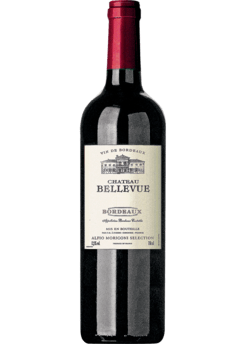
The port city on the Garonne River in southwestern France is celebrated as the avante-garde wine growing precinct in the world. With its many Chateaux and the distinguished 1855 classification composes the substratum for the fine wines in the world.
Bordeaux has been denominated as an exemplar for winemakers around the world. Nonetheless, these impressive Chateaux constitute a minor share in the 120,000 hectares of vines that extend across the Gironde department in Aquitaine, France.
History
The ancestral origins of wine history trace back some 2,000 years back when the region was ruled by Romans. The wine was produced for local consumption and since then it descended deep into the history.
It was during the 12th century that the Bordeaux wines saw tremendous notoriety following the marriage of Henry Plantagenet and Eleanor of Aquitaine. The marriage united the province of Aquitaine with Angevin Empire, and hence the wine of Bordeaux started shipping to England.
During the era, Graves was the leading wine region of Bordeaux, and the principal style was Clairet. Until early 19th century, Malbec remained the dominant grape from which wines were made afterwards it was superseded by Cabernet Sauvignon.
Regionography
The region of Bordeaux has been exquisitely carved along the river. The right and left banks of the river presents the magnanimous landscape. The left bank is on the Atlantic Ocean side of the rivers Gironde and Garonne and the right bank is located at the right and north of the Dordogne river (which also falls into the Gironde).
The area between the rivers is acknowledged as Entre Deux Mers that literally translates into land ‘between two seas’ in French.
General Information
Every year En Primeur Week is held- which is one week reserved by wine tasters from across the globe to savor the new vintage wines from Both Left and Right Banks.
These wines are yet to be bottled and are offered as a serving of Chateaux wines for purchase on a future basis. However many people have been debating on the idea of En Primeur system after the Bordeaux 2014 campaign.
Wine Styles
The Bordeaux wine region is basically separated into subregions which also includes Saint-Émilion, Pomerol, Médoc, and Graves. There are 60 Bordeaux appellations and the wine styles they represent are normally classified into six main families. There are four red wines based on the subregions and two white based on sweetness. The wine styles cover
- Red Bordeaux and Red Bordeaux Supérieur
- Red Côtes de Bordeaux
- Red Libourne, or “Right Bank” wines
- Red Graves and Médoc or “Left Bank” wines
- Dry white wines
- Sweet white wines
Wine Classification
Wine Classification for Bordeaux mainly has 4 different classifications that comprise the different parts of the region. This includes-
- The Bordeaux Wine Official Classification of 1855
- The 1955 Official Classification of St.-Émilion
- The 1959 Official Classification of Graves
Wine Regions of France: Burgundy
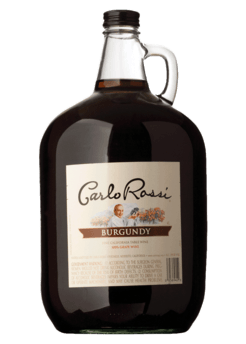
Located in eastern France, Burgundy lies in the valleys and slopes in the west of Saône, a tributary of the Rhône. The region is revered as the hub for dry red wines made from Pinot noir grapes and white wines squashed from Chardonnay grapes commonly known as “Burgundies”.
Burgundy has more appellations d’origine contrôlée (AOCs) in comparison to other French wine making regions and is revered as the most terroir-conscious area in France. The different Burgundy AOC’s are differentiated from thoroughly delineated Grand Cru vineyards and narrowed deeply to regional appellations.
History
The region is said to be acquainted with the viticulture as early as the second century AD. The earliest recorded accolade for Burgundy wines was in 591 by Gregory of Tours who compared it to the Roman Falernian.
Another evidence by archaeological groups suggest that monks and monasteries influenced the history of Burgundy wines a lot. The first recorded donation of a vineyard was made by King Guntram in 587 to the church, however more influence could be witnessed in the Charlemagne’s era.
Regionography
Burgundy basically runs from Auxerre in the north to Mâcon in the south or to Lyon. Chablis made from Chardonnay grapes is produced in the area of Auxerre. Eighty five miles southeast of Chablis is the Côte d’Or. The region is acknowledged for the most popular and expensive Burgundy wines. This is where all Grand Cru vineyards are located.
The wine growing region of Burgundy runs 40 kilometres in the heart of the city and surrounded with the most fascinating vineyards.
General Information
Burgundy produces one of the most expensive wines in the world which include Domaine de la Romanée-Conti, Domaine Leroy, Henri Jayer, Emmanuel Rouget, Domaine Dugat-Py, Domaine Leflaive and Domaine Armand Rousseau.
The white grapes Chardonnay are the most common grape variety found in this region. Next major type grown in the region is Aligoté which is usd for more cheaper wines that tend to be high in acidity. Sauvignon Blanc is yet another profusive type commonly found in Saint Bris appellation.
The majority production for red grapes is Pinot noir grown in Beaujolais. Côte de Nuits region has 90% of the production is red grapes.
Wine Classification
In Burgundy wines- regions are more prominent that wine producer’s name. The main Burgundy classifications according to descending order of quality are- Grand crus, Premier crus, village appellations and regional appellations.
Wine Region of France: Champagne
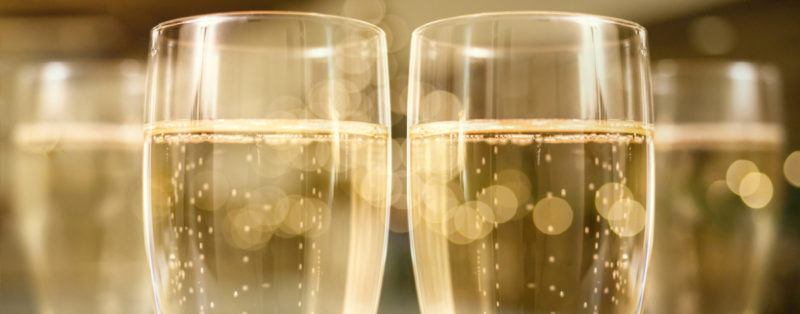
The Historical province of Champagne located in the northeast France is a major wine region renowned for its sparkling white wine. The wines that bear the region name played a significant role in the development of this novel terroir. The major economic success of the region is reasoned as its proximity to Paris. Champagne is protected by PDO in the European Union
However despite facing several military conflicts the the region since middle ages held the reputation for producing quality wines. The principal grapes in the region include Chardonnay, Pinot noir and Pinot Meunier.
History
It was during the coronation of Louis the Pious at Reims that the region of Champagne encouraged plantation of vines. The tradition of crowning kings at Reims also added reputation to the area. Champagne was an independent country in the period of 950 to 1316 when Counts of Champagne ruled until King Louis X of France assumed throne of Crown territories.
However the reputation of wine production dates back to the Middle ages as Pope Urban II declared that the wine of Aÿ as the best wine in the world.
Regionography
EU law including laws of several countries reserve the term “Champagne” as the exclusive production coming from the region located 100 miles east of Paris. The Champagne viticultural jurisdiction is defined legally. This boundary is divided into five wine production districts that includes: Aube, Côte des Blancs, Côte de Sézanne, Montagne de Reims, and Vallée de la Marne. The towns of Reims and Épernay are the commercial centers of Champagne wine production.
Champagne Production
The conventional method of producing Champagne wines is Methode Champenoise where after initial fermentation and second fermentation occurs in the bottle. Majority of Champagne are non-vintage necessitating just one and a half years of ageing. In better years of harvest Champagne houses may ‘declare” to use grapes coming from vintage particular year.
For these wines three year maturation is required. There are definite rules that need to be adhered by the producers. The standards for pruning, pressing, corp yield, time on lees before bottling and release are pre-defined.
Wine Region of France: Loire
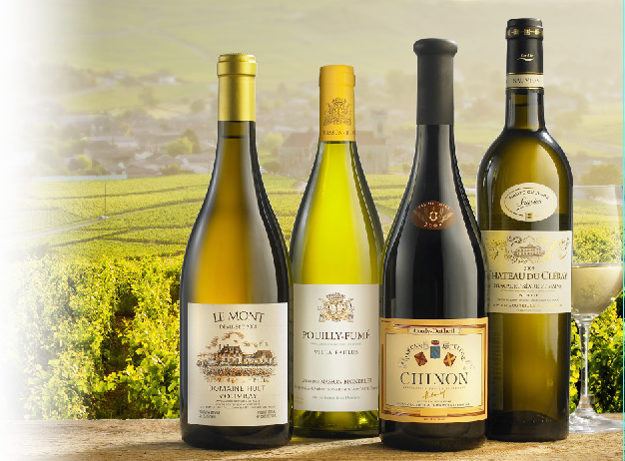
Loire Valley along the Loire River from the Muscadet region in the north central France is a revered wine region with 87 appellations under Appellation d’origine contrôlée (AOC), Vin Délimité de Qualité Supérieure (VDQS) and Vin de pays systems.
The major production in the area is for white wine that include Chenin blanc, Sauvignon blanc and Melon de Bourgogne grapes. There are some red wines too especially produced around the Chinon region from Cabernet franc.
History
The historical evidence suggests that Romans first planted vineyards in the region during their settlement of Gaul in the 1st century AD. Bishop Gregory of Tours in his “History of Franks” frequently mentioned the plundering of area’s wine stocks. During middle ages the wines of Loire valley were acknowledged as the most prestigious wines in England and France, more esteemed than even Bordeaux.
Regionography
The wine regions of the valley are divided into three sections. The upper Loire that dominating Sauvignon blanc production covering areas of Sancerre and Pouilly-Fumé. The Middle Loire known for Chenin blanc and Cabernet franc wines comprising the regions of Touraine, Saumur, Chinon and Vouvray. The last being Lower Loire that starts from the Atlantic entrance and going through Muscadet which leads wines from Melon de Bourgogne grape.
Grapes and Wines
Chenin blanc based Coteaux du Layon, Montlouis-sur-Loire, Savennières, and Vouvray are high in acidity. These white wines are known to age well. On the other hand, Sauvignon blancs are produced in the villages of Sancerre and Pouilly-sur-Loire. Some of the producers in this region ar also testing for oak aging.
There are several major and local grapes being used for wines. The range of grapes include Tressallier grape of Saint-Pourçain-sur-Sioule, the Romorantin of Cheverny, the Menu pineau and Groslot of Touraine and the Gros Plant of Nantes. In addition, there are also plantings of Cabernet Sauvignon, Chardonnay, Gamay, Malbec, Pineau d’aunis, and Pinot gris, Pinot noir.
Wine Regions of France: Alsace
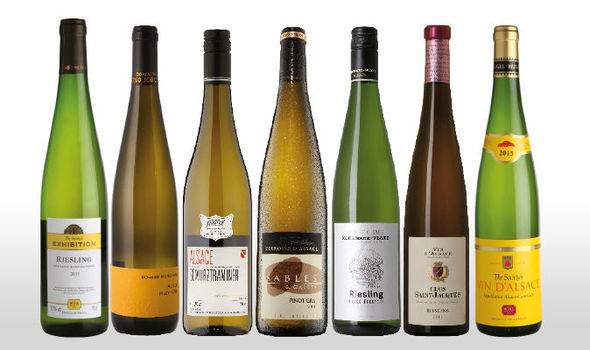
Another well known region in the northeast of France, Alsace is labelled as the hidden treasure that is often underrated comparing it to the quality of wines it produce. The aromatic, floral and spicy white wines in the region are a great sensual pleasure. Situated on the sub-Vosgian foothills, the Alsace vineyards are mostly exposed to sun assisting in slow ripening of grapes.
The grape varieties used in this region to produce wine comprise Riesling, Sylvaner, Gewurztraminer and Pinot Gris. The white wines produced in the region are equivalent to 150m bottles annually.
History
The region has been passed from France to Germany several times and as such impacted the history of wine production. Post world war II wine styles in Alsace and Germany were different. Alsace wines were fermented to large extent and now they are reckoned as more sweeter ones.
Major Appellations
There are three major appellations of Alsace, which comprise of-
AC Alsace- These are made from either single grape varieties or a well-balanced blend of different ones. When made from single grape variety these are usually named after the grape.
AC Alsace Grand Cru- These wines need to approve of the pre-defined quality criteria. These are produced within the designated vineyards and are grown in strict limitations of terroir.
Moreover there are highly restricted yields, specified conduct rules and minimal natural ripeness levels and tastes.
AOC Crémant d’Alsace- This sparkling wine is made majorly from Pinot Blanc. However the producers also sometimes use Pinot Gris, Pinot Noir, Riesling and Chardonnay
Wine Region of France: Northern Rhône
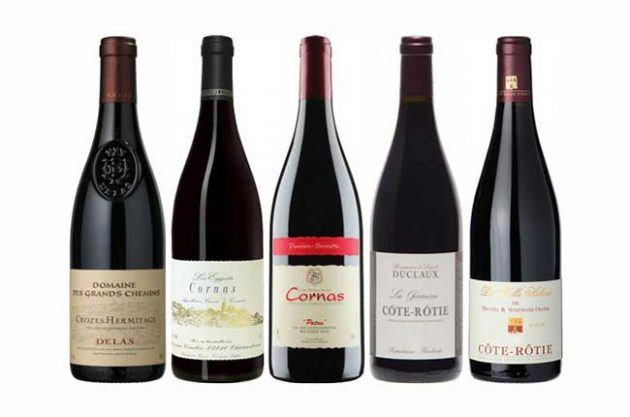
The continental climate at Northern Rhône that bears harsh winters yet warm summers is great for mix plantation of grape varieties and different wine styles. There is only one red grape variety permitted by AOC to make wines known as Syrah. The grape which is believed to have originated from the Northern Rhône is Shiraz. Shiraz is well known to the western world and is popular amongst global consumers.
The AOC rules allow for grapes mixing of red and white varieties. The blending with white grapes is widely practised but only for Côte-Rôtie. From north to south the appellations in the northern Rhône are: Côte-Rôtie AOC, Condrieu AOC, Château-Grillet AOC, Saint-Joseph AOC, Crozes-Hermitage AOC, Hermitage AOC, Cornas AOC and Saint-Péray AOC.
Northern Rhône are often pinpointed by their trademark aromas of green olive and smoky bacon.
Wine Regions of France: Southern Rhône
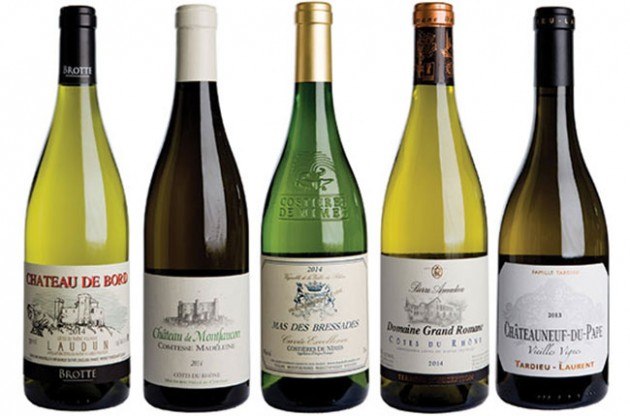
The mediterranean climate of southern Rhône with milder winters and hotter summers is famous for the red wine Châteauneuf-du-Pape. The popular wine is the blend of 19 wine grape varieties.
The different terroirs together with the rugged landscape protects the valleys of Mistral in turn building a microclimates good for diversity of wine varieties. One feature of cultivation unique to the region is the usage of large pebbles around the vine bases to absorb the excess heat during the day to keep the yards warm at night as well.
The AOC regions of Coteaux du Tricastin AOC, Côtes du Ventoux AOC, Côtes du Vivarais AOC, Lirac AOC, Tavel AOC and Vacqueyras AOC ae open to contain even more varieties in the blend. The Gigondas AOC is chiefly made from Grenache noir and has a more restricted set of permitted grapes.
The few to name Southern Rhône appellations are- Côtes du Vivarais AOC, Côtes du Rhône AOC, Côtes du Rhône Villages AOC, Côtes du Rhône Villages (named villages), Coteaux du Tricastin AOC, Châteauneuf-du-Pape AOC, Vacqueyras AOC, Rasteau AOC and much more.
Wine Region of France: Provence

The beautiful Provence in south of France comprise of cities like Bandol, Cassis and Marseille. The region is bordered by the fascinating Mediterranean Sea and is extremely famous for the rosé wines.
The grapes used for the production of rosé and red wines include Mourvèdre, Syrah, Grenache, Cinsault, Carignan and Cabernet Sauvignon. On the other hand the white wines use the grape varieties of Ugni Blanc, Rolle, Semillon and Clairette.
Tasting
Rosés are commonly fresh, crisp, bright and dry on the palate while the red wines are more rich, lively and fruity.
General Information
Rosé cover the three quarters of wine production in the region and hence dominate the production. On the other hand, the reds of Bandol are quite popular while the only white wine in the region comes from Cassis. The three major appellation of the region are
- The Côte de Provence appellation (Côtes de Provence Sainte-Victoire, Côtes de Provence Fréjus and Côtes de Provence La Londe)
- The Coteaux d’Aix-en-Provence appellation
- The Coteaux Varois en Provence appellation
Wine Regions of France: Languedoc-Roussillon
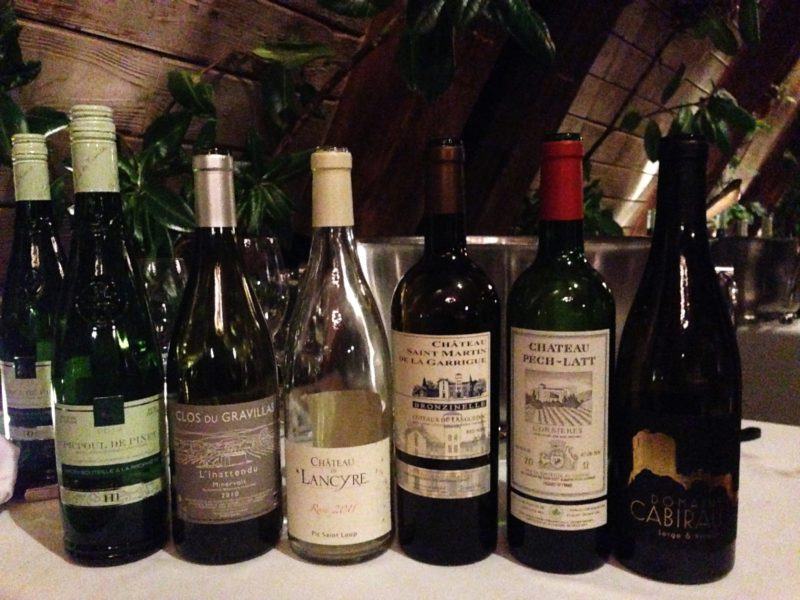
The historic wine making region of South France and North Catalonia- Languedoc-Roussillon is a wine producing area that spans the Mediterranean coastline from French border to Spain. The vineyards covers the area of 700, 000 acres and is revered as the biggest wine producing region of the world. It produces almost third of all wine production in France.
History
The history of vineyards in Languedoc-Roussillon is traced back to 5th century BC by the early Greeks. The region of Languedoc has belonged to France since the thirteenth century and the Roussillon was acquired from Spain in the mid-seventeenth century. The two regions were joined as one administrative region in the late 1980s. Since the fourth century till early nineteenth century the region was known for its quality wine production.
In the industrial revolution era the region shifted to the production of cheap red wines known as le gros rouge to satisfy the industrial workers. However during the 19th century phylloxera epidemic has severely affected the Languedoc wine industry, killing off many of the higher quality Vitis vinifera. So in place of higher quality vineyards, acres of the lower quality Aramon, Alicante Bouschet and Carignan were planted.
During both World Wars the Languedoc was the daily wine ration of the French soldiers.
Regionography
The terrain and climate of Languedoc-Roussillon wine region is similar to Southern Rhone and Provence.The usual Vineyards plantation in the Languedoc is along the coastal plains of the Mediterranean, on the other hand in the Roussillon is in the narrow valleys around the Pyrenees. The peak growing season (between May and August) is very dry.
General Information
There are several grape varieties grown in the region which includes Merlot, Cabernet Sauvignon, Sauvignon blanc, and Chardonnay. The traditional Rhône grapes of Mourvedre, Grenache, Syrah, and Viognier are also quite popular in the region.
The Wine Taxonomy
Most wines produced in the Languedoc are labeled vin ordinaire and are also restricted under sizable production of Vins Doux Naturels. The taxonomy systems are Vins de Pays, Vins Doux Naturels and Crémant de Limoux.
Wine Region of France: Beaujolais
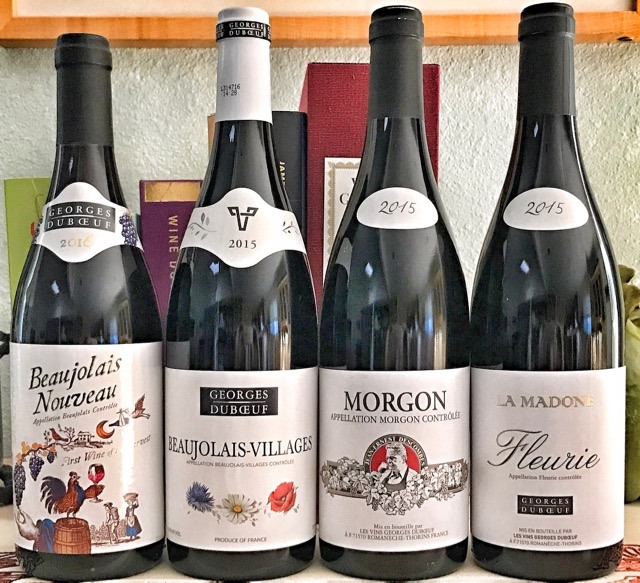
Beaujolais made in the south of Burgundy is held under the Appellation d’Origine Contrôlée (AOC). The only difference that arrives in the region is the use of Gamay grapes that has thick skin and is low in tannins. The red wines from the region tend to be light-bodied and high in acidity. The reds make 90% of the total wine production in the region.
The legal jurisdiction for Beaujolais is controlled under the Burgundy wine region. However the climate of the area has close proximity to Rhône. Nevertheless the wines from Beaujolais are individual in character, the region being globally known for its long winemaking tradition, the use of carbonic maceration, and now for the popular Beaujolais nouveau.
WINE REGIONS OF ITALY
Wine Region of Italy: Barolo
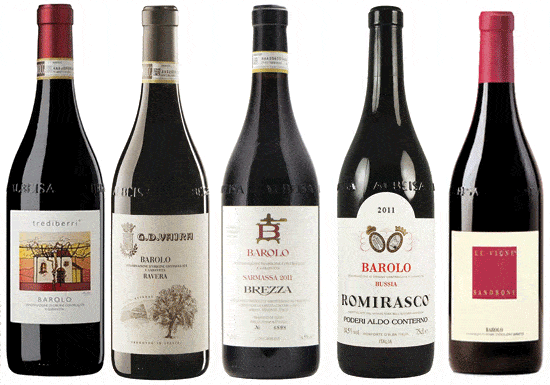
Considered as the most popular wine DOCG (Denominazione di Origine Controllata e Garantita) that is produced in the northern Italian region of Piedmont, the region is known to generate the Italy’s finest red wines made from Nebbiolo.
Before the mid-19th century the wine had sweet fruity flavour. However Count of Cavour french winemaker Louis Oudart from Champagne created “red” wine called Barloo. This dry red wine is now Italy’s greatest red wine and the region has received the UNESCO world heritage status.
Barloo the King of wine is produced from the Nebbiolo grape variety. The wines from the region has the minimum aging requirement of 3 years. There are 11 villages in the DOCG Zone- Barolo, Castiglione Falletto, Serralunga d’Alba, Cherasco, Diano d’Alba, Grinzane Cavour, La Morra, Monforte d’Alba, Novello, Roddi and Verduno.
Wine Region of Italy: Tuscany
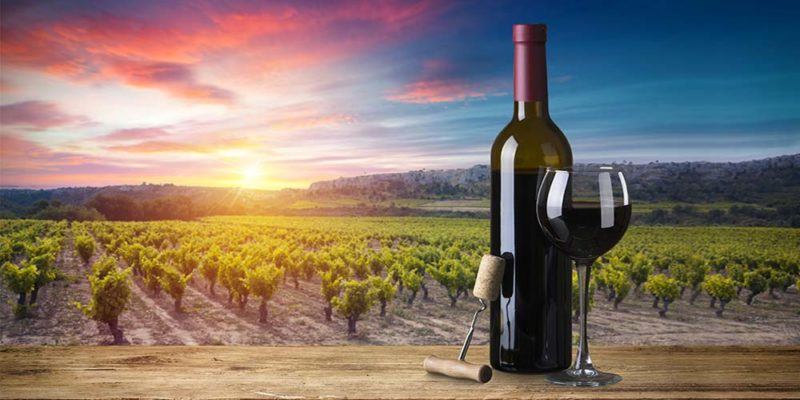
When visiting Italy don’t forget Tuscany. One of the most loved parts of the wine lovers around the globe, Tuscany produces one of the most notable wines in the world celebrated as “Tuscan wines”. The wine growing region is located in the central Italy along the Tyrrhenian coast houses Chianti, Brunello di Montalcino and Vino Nobile di Montepulciano which are essentially made with Sangiovese grapes.
Just to number, Tuscany has 33 Denominazioni di origine controllata (DOC) and 111 Denominazioni di Origine Controllata e Garantita (DOCG).
History
Viticulture in Tuscany started 3000 years ago by the Etruscan. The grapes were grown in such wide abundance that they were sold overseas and were considered the most cashable crops. Greek writers were quite impressed by the quality of Tuscan wines and wrote about it in several pieces. The earliest references for Vino Nobile di Montepulciano wine dates back to the late 14th century. The Tuscan merchant Francesco di Marco Datini,recorded the first reference for the wine from Chianti as he wrote – it as a light, white wine.
In the 1850s Tuscany vineyards suffered in the hands of Oidium Uncinula necator and war that persisted many peasant farmers to leave for other parts of Italy or to emigrate to the America.
However in 1970, a new class of wines emerged in the region called “Super Tuscans”. Though these were outside the control of DOCG but soon became celebrated name in the wine world because of its high quality.
Super Tuscans then emerged as the cult wines and was sold for high prices. In the reformation of wine classification system “Super Tuscan” qualified as DOC.
Sangiovese- The Tuscany’s Red Grape
The one thing that dominates the region is the use of its Sangiovese red grape. 80% of the wines produced in the region are from this particular grape variety. However the white wine from the region is made from Vernaccia, but these are hyper local and rarely had been the topic of conversation outside the region. The Sangiovese grape is novel grape variety that can have different measures to wine-making. The grape itself has the power to bring out an entirely different qualities of wine that you may not be able to find otherwise.
Sangiovese wines can be the absolute of delectables with tastes ranging from tart cherry-like to jammy-strawberry and to more vegetal like roasted red peppers or ripe tomatoes. With Sangiovese wines they are high in both acid and tannin. Hence it is one of the most versatile grapes available in winemaking.
What you should try?
- Altesino Rosso di Altesino 2013
- Monteverro Terra di Monteverro Toscana 2012
- Nottola Anterivo 2010
Wine Regions of Italy: Veneto
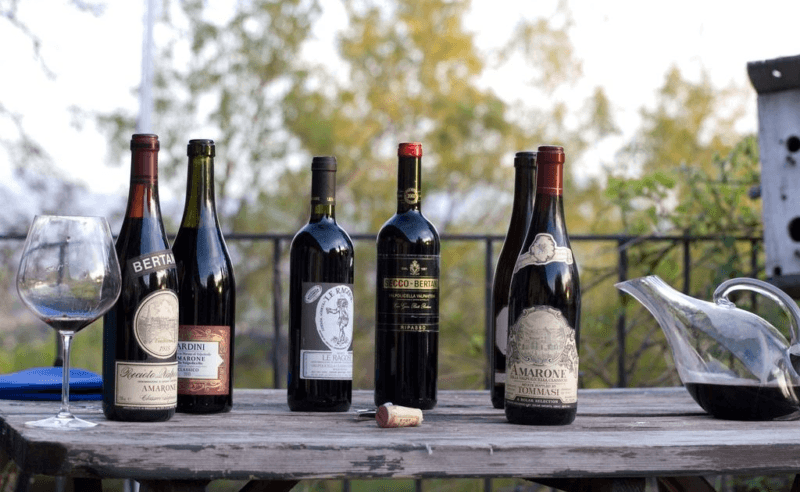
The North-east of Italy comprises of three of the highly productive wine making regions in the country. The area is collectively known as Tre Venezie. This united federation of wine may not enjoy the popularity of Tuscany but is combination of the various microclimates, different grape varieties and spectacular wine traditions that make it an overwhelming experience for the wine lovers.
Here you will find wine styles on the various levels of the spectrum be it reds or sparkling whites. Nonetheless the flagship bottle remains Amarone, produced near Verona which is the extravagant blend of indigenous wine making mechanism. The process of appassimento (air-drying) results in water loss with accurate densities and power making it an effective red wine.
Regionography
The unique geography of the area makes it an effective breeding ground for differential wine types. The cold temperatures running from central Europe is blocked by Dolomites at the back. The major cities in the region are Verona, Vicenza, Padova and Treviso. These cities are acknowledged by their wealth and entrepreneurial spirit. To the east, the mountains gradually capitulate to the Adriatic, crowning with the Veneto’s ultimate beauty: Venice.
Common Grape Varieties
The major grape varieties used for wine making are- Garganega, Glera, Pinot Grigio, Amarone/Valpolicella blend (Corvina, Rondinella and Molinara), and Oseleta.
The Must Try?
Prosecco with a mild aromatic is a sparkling wine that substantiates the light, cheerful spirit of the country. the wine communicates the message that wine is for everyone. The other Veneto favorites include white wine (Soave) and rosé (Bardolino).
Wine Regions of Italy: Prosecco
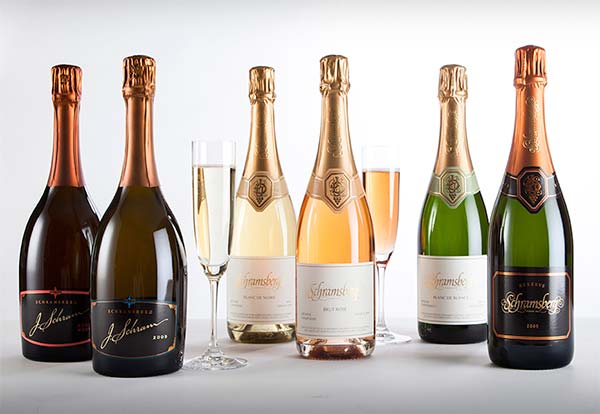
The Italian competitor of Champagne- Prosecco is the Italian sparkling wine produced in the regions of Veneto and Friuli Venezia Giulia. It was traditionally made around Conegliano and Valdobbiadene, in the hills north of Treviso.
The wine is majorly made from Glera grapes. Though some other varieties are also used such as Bianchetta Trevigiana. The taste of Prosecco is more fruity and flowery. The wines are basically produced in massive tanks that exert less pressure and as a result the bubbles are quite light.
The wedding toast favourite of the couples exhibit with variety of zest on the taste buds ranging from tropical fruits, hazelnut, banana cream and honeycomb.
The climate
The warm and temperate climate of the region with plenty of rainfall throughout the year make for great microclimate. The differential soil varieties is a general mixture of soil, clay, marl and limestone. Hence they are perfect for Glera to grow.
Best rated Prosecco
Here is the popular choice
- Aldi Valdobbiadene Prosecco Superiore
- The Wine Society Prosecco Brut NV
- Definition Prosecco Brut NV
- Prosecco di Conegliano Brut 2016
-
Casa Belfi Prosecco Col Fondo NV
Wine Regions of Italy: Abruzzo
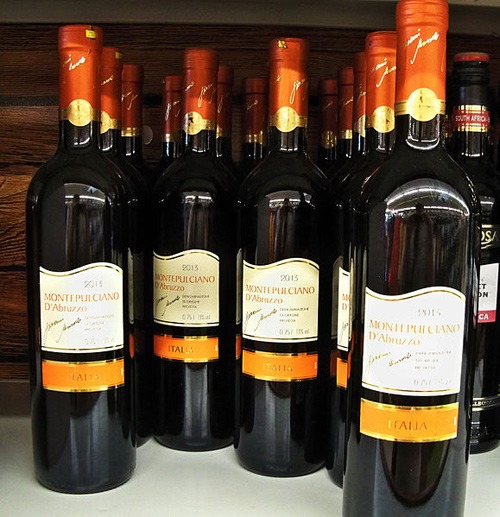
The mountainous Abruzzo bordered by Adriatic Sea in the central Italy is very much a place to sought for. As a wine lover you will find a place secluded from the influence of Roman wines that are marked heavily by the Tuscan influence.
The fifth most productive wine region in the country is famed for Montepulciano d’Abruzzo. There are four different provinces that make up Abruzzo. Nonetheless, the major production falls in the region of Chieti. The north of this glorious wine region are Pescara and Teramo. These two provinces are literally known for some of the finest wine in Italy and not just Abruzzo.
Rosé wine on the other hand is produced in the western province of L’Aquila. The wine from this area is called Cerasuolo, which makes use of the local Montepulciano grape.
The Abruzzo Choice of Grapes
As mentioned above the Abruzzo’s locally owned and used grape is Montepulciano. The grape variety is widely exported overseas and enjoyed for its easy-drinking aspect and ability to blend with any type of food on your plate.
It is basically Montepulciano that makes it an excellent choice for aging and the grape is also great to make Rosé wine.
Bottles to Seek
Due Maestà Montepulciano d’Abruzzo, Annona Montepulciano d’Abruzzo 2012, Valentini Montepulciano d’Abruzzo 2006
Wine Region of Italy: Sicily
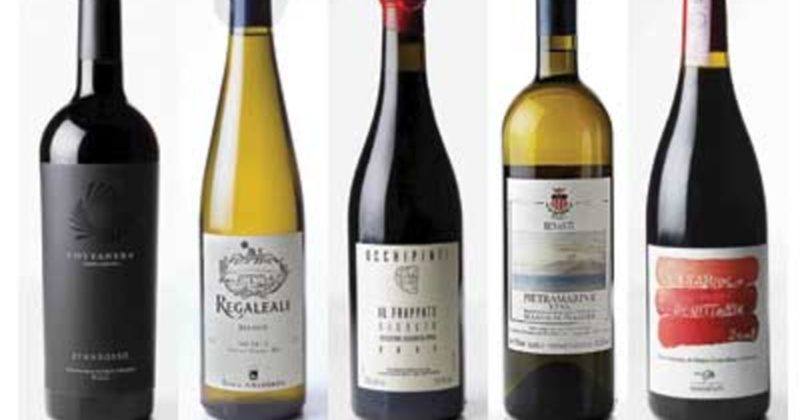
One legend says- Dionysus brought pleasure to mankind, and wine to Sicily. The wines in Sicily are made from a millenia now and the region is rated as wine lover’s paradise. Full of complexity, variety and abundance Sicily produces finest wines of the region. The region is packed with sun-kissed and wind-lashed vineyards that yield wines of exquisite quality, value, longevity and versatility.
One particular region of Mount Etna is not just notorious for the picturesque landscape but also its changing volcanic soil great for the growth of indigenous grape varieties.
Marsala
Named after the port city of Marsala is a fortified wine made from Grillo, Catarratto, or Inzolia grapes. From centuries the wine has been rated equivalent to Sherry and Madeira. In the 1950s it found a new name for itself as the cooking wine.
History
Sicily is the largest island in the Mediterranean, and because of its humongous breadth many occupants throughout history tried their reign on the region. The result was that each group brought their own idiosyncrasy to Sicily.
The varied cultural influence and bringing of native crops, in hopes of cultivating their influence on the island created a unique amalgam. The Greeks brought olives and grapes and the romans calculated on wheat. Then came the Moors with sugarcane, lemons,oranges, pistachios, and implemented a new technique called irrigation.
With all this synthesis, Sicily is now an agricultural phenomenon. Together with the native grapes of the region, the wine is a definitely the Dionysian gift.
Some Fantastic Sicily wines to savor
Malvasia, Novello, Chardonnay, Catarratto bianco, Zibibbo, Grecanico, Primitivo and ofcourse Marsala!












